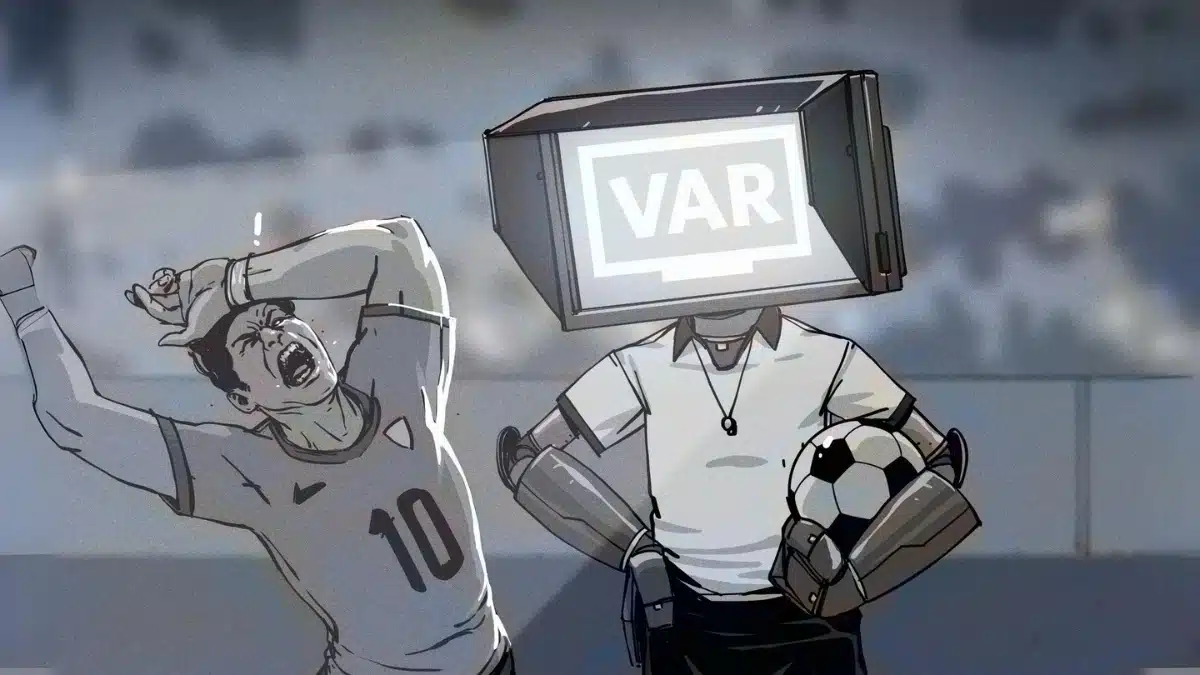The Video Assistant Referee (VAR) has revolutionized football in recent years, introducing a layer of technology to the world’s most beloved sport. Designed to reduce refereeing errors and improve fairness, VAR has sparked both praise and criticism since its introduction.
In this article, we explore the history of VAR in football, how it works, its benefits, controversies, and its impact on the game today.
What is VAR in Football?
VAR stands for Video Assistant Referee, a technology-driven system that assists on-field referees in making more accurate decisions during a football match. It uses video footage and replay technology to review certain key incidents.
VAR is used to review four types of decisions:
- Goals and potential violations leading to the goal
- Penalty decisions
- Direct red card incidents
- Mistaken identity in awarding cards
History of VAR in Football
Early Development
The idea of VAR was first proposed in the early 2010s as part of the FIFA Quality Programme for Offside Technology. After years of testing by the Royal Netherlands Football Association (KNVB), the first live trials began in 2016.

Official Debut
VAR made its competitive debut in 2016 during a FIFA Club World Cup match. In 2018, it gained global attention when it was used at the FIFA World Cup in Russia, marking the first time video review was implemented in football’s most prestigious tournament.
Since then, VAR has been adopted in major leagues and tournaments, including:
- The Premier League (2019-20 season)
- La Liga
- Serie A
- UEFA Champions League
- Copa Libertadores
- AFCON and EURO competitions
How VAR Works
- Incident occurs – A match official signals a potential VAR review.
- Review initiated – The VAR team analyzes footage in a centralized booth.
- Communication – The VAR communicates their findings to the referee.
- On-field review (OFR) – The referee can review footage on a pitchside monitor.
- Final decision – The referee confirms or overturns their original call.
Impact of VAR on Football
Benefits of VAR
- Improved decision-making – Many game-changing errors are corrected.
- Fairness and transparency – Reduces the influence of human error.
- Enhanced accountability – Referees have support on tough calls.
- Support for offside decisions – Semi-automated offside tech boosts accuracy.
Criticisms and Controversies
- Delays and disruptions – Long reviews can interrupt the game’s flow.
- Subjectivity remains – Some decisions still rely on interpretation.
- Fan experience – Spectators often face confusion without live footage or explanations.
- Inconsistency – VAR protocols are applied differently across leagues and matches.
Memorable VAR Moments
- 2018 World Cup Final – VAR awarded France a controversial penalty, sparking debate.
- Premier League offside calls – Marginal offside decisions caused uproar due to millimeter precision.
- Champions League drama -Tottenham’s 2019 semi-final win over Man City was decided by a last-minute VAR review.
VAR in 2025 and Beyond
As of 2025, VAR is here to stay. FIFA and domestic leagues continue refining its use, focusing on:
- Faster reviews
- Improved transparency
- Fan-friendly communication
- AI-powered enhancements to reduce human involvement in borderline decisions
Final Thoughts
The use of VAR in football marks one of the biggest technological changes in the sport’s history. While it aims to bring fairness and precision to the game, it also challenges the traditions that made football so thrilling. As technology evolves, so too will the way football is played and experienced.






















